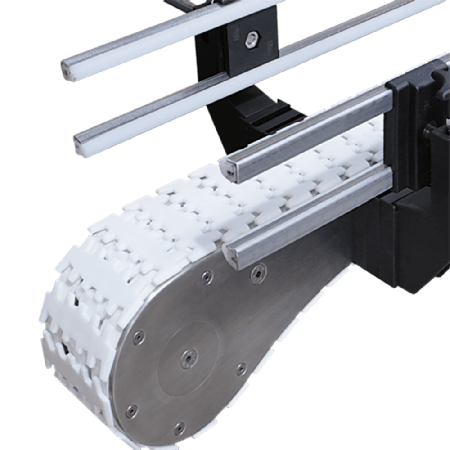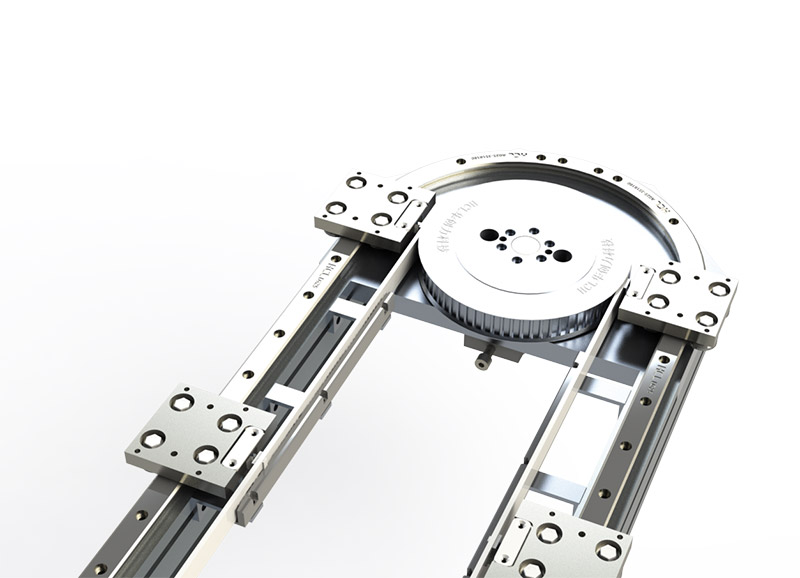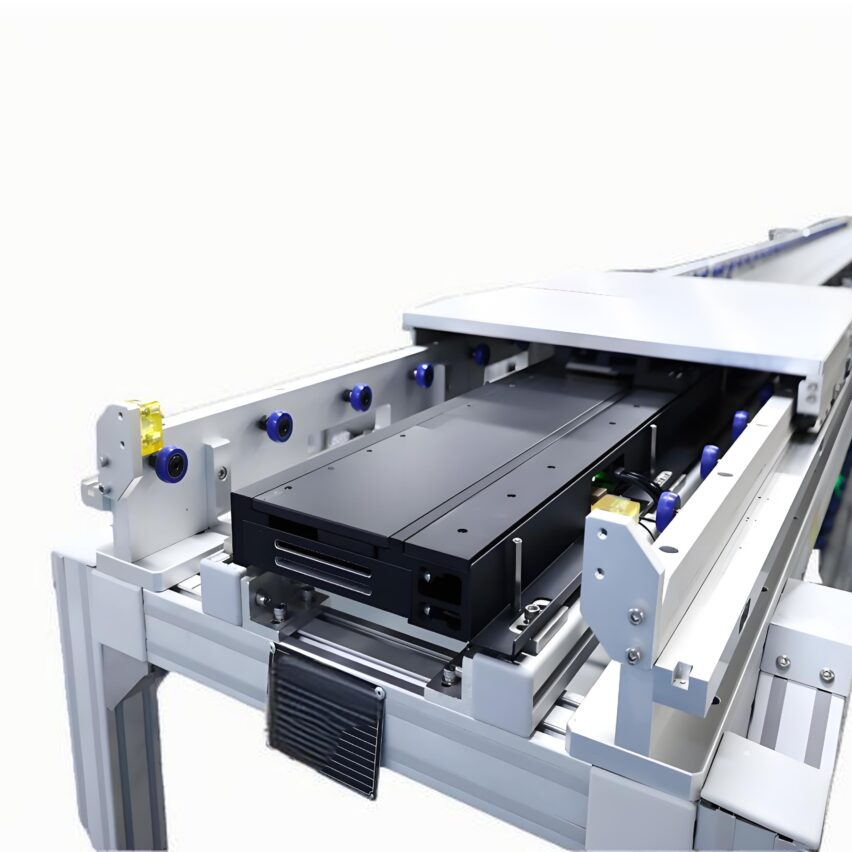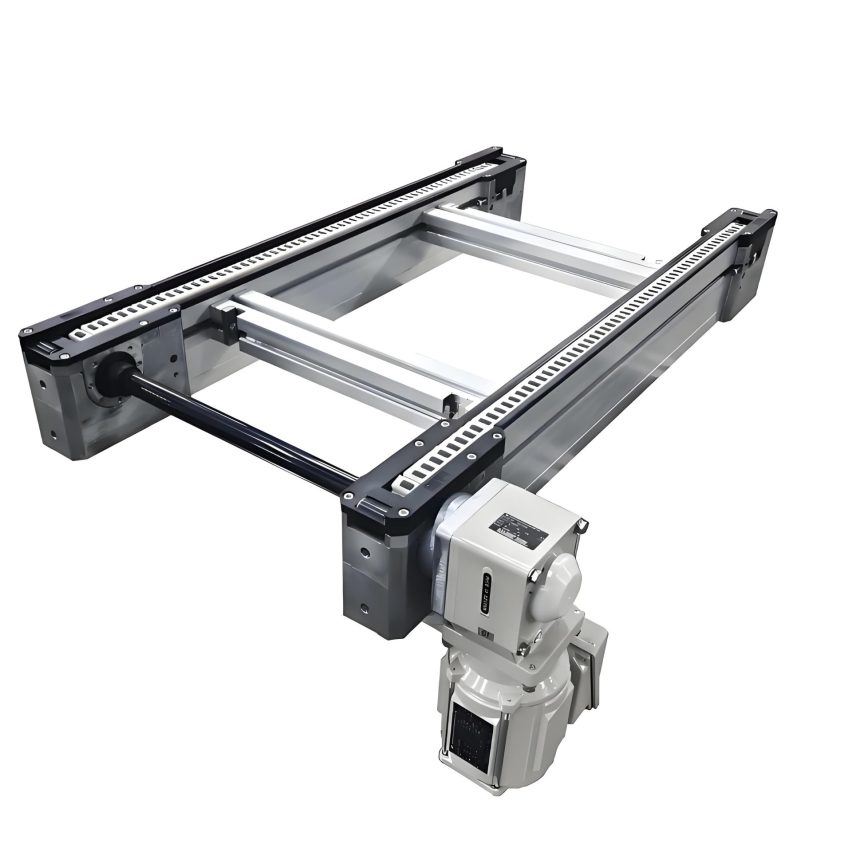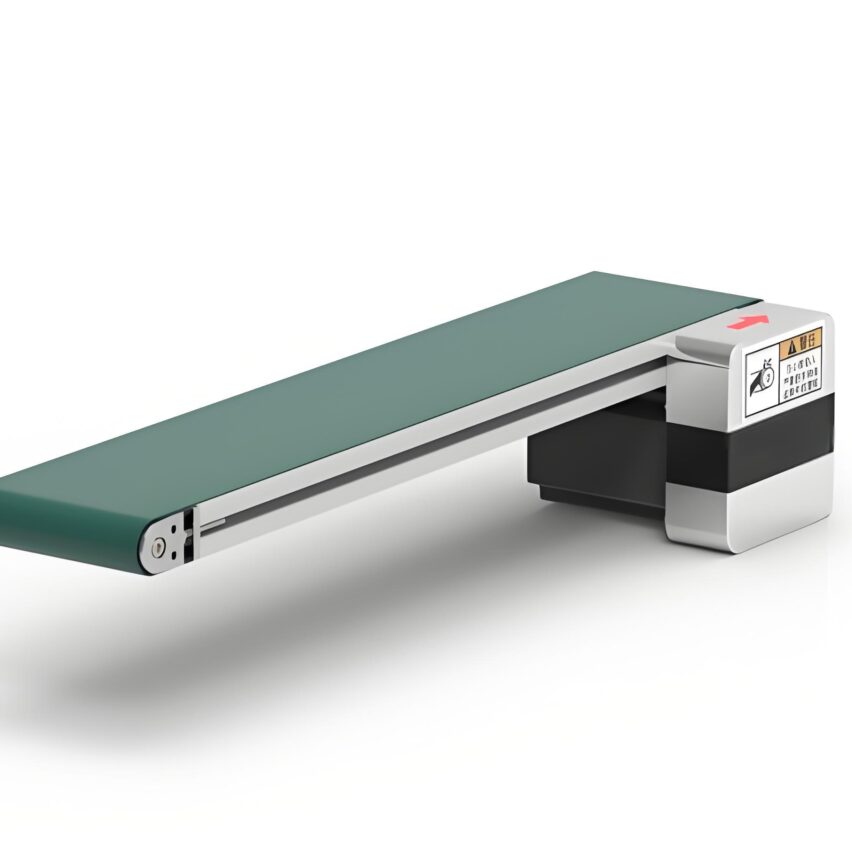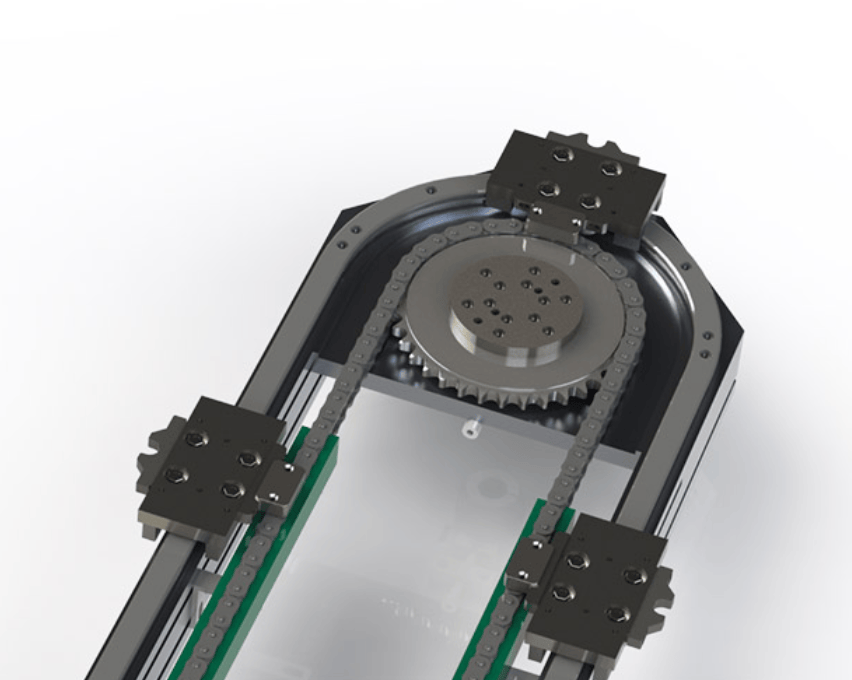Do you often see parcels clattering and transferring like running water at the delivery station? Hey, there's probably aDouble-deck belt lineThe credit! Today we'll take a peek at how this "space magician" doubles the efficiency of the warehouse. Don't worry, we don't need to bombard you with jargon, let's just talk about something real...
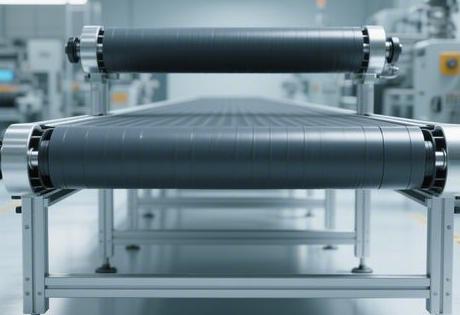
🔍 I. What exactly is a double-deck belt line?
Simply put, it isTwo conveyor belts stacked on top of each other(Imagine a double-decker burger 🍔). The upper tier carries the goods and the lower tier returns or carries another batch of goods at the same time, utilising the vertical space to the max. For example, Suzhou Duchang's equipment has adjustable layer spacing (800-1500mm) and is assembled like Lego.
Why is it better than a single layer?
- ✅save space: Double the work space for the same square footage! Page 9 mentions being able to save 30% of space, which is a lifesaver for small warehouses.
- ✅run fewer errands: One-stop loading and unloading, no need to manually move back and forth.
- ✅adaptable: Finished products go on the upper floor and raw materials are transported on the lower floor without delay.
🚀 Second, the actual effect: e-commerce logistics "accelerator"
To give a chestnut 🌰: after using a double-decker line in an e-commerce warehouse in Beijing, theEfficiency Spike 30%How? Manpower cut 35% directly!
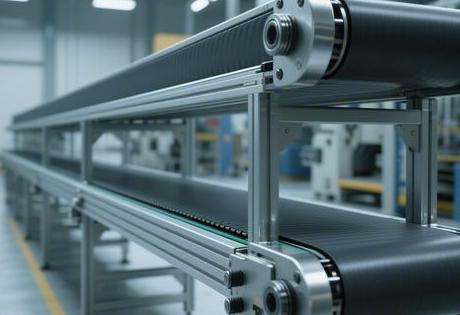
- Sorting is lightning fast.Parcels enter the warehouse on the upper level and are diverted directly to the packing area on the lower level, all automatically.
- staggered porterage: The big pieces go down to the lower level for stability, and the small pieces fly up to the upper level without interfering with each other.
- Intelligent speed control: As stated on page 7, the sensors are linked to control the speed to avoid "traffic jams".
📊 The data speaks for itself: Foshan home power plant used a double layer of wire, logistics timeShortened 50%, saving 20% labour costs a year. This investment, the return of capital is faster than the milk tea shop to join!
🛠️ III. Technical highlights that even a white person can understand
Don't be intimidated by "high tech", but there are three key points:
- Modular design: Like putting together building blocks, belts, rollers, and brackets can be customised on demand.
- Dumbing down mechanism: Belt with anti-slip stripes + automatic deflection correction, boxes don't run off or roll over (literally).
- intelligent brain: IoT real-time monitoring, which section is stuck? Mobile phone immediately alarm.
⚠️ Watch out for potholes::
- Don't be greedy and choose poor quality motors, otherwise you can repair the equipment in the middle of the night until you doubt your life.
- Food factories have to use food grade PU belts, ordinary plastics can be a hygiene risk.
🌟 IV. Future trends: saving people but also saving electricity!
2025 Industry Report Forecast.Smart double-decker lines are going to be on fire::
- ▶️Automatic speed control: Run faster with more cargo and slower with less cargo to save power, like a car with cruise control.
- ▶️Predictive maintenance: Sensors "pulse" in advance, the failure rate dropped by 60%.
- ▶️Green UpgradeNew motor energy consumption down 20%, policy subsidies to get soft.
Personal opinion: now even milk tea shops are using robots to shake tea, the warehouse is no longer upgraded double layer line, I'm afraid that even the courier boy can not be rolled ah!
💡 Ending with a point of view
At the end of the day, a double-deck belt line isTrading space for time, intelligence for manpowerThe logistics battlefield to fight the speed of the era. Logistics battlefield to fight the speed of the times, it has long been not "optional", but the survival of the warehouse standard. Next time you see the conveyor belt whirring, you will be able to smile: "Look, this wave of operation I know!"
(Sources cited cover technical principles, industry data, policy trends and smart applications, with information cross-validated to ensure reliability.)




